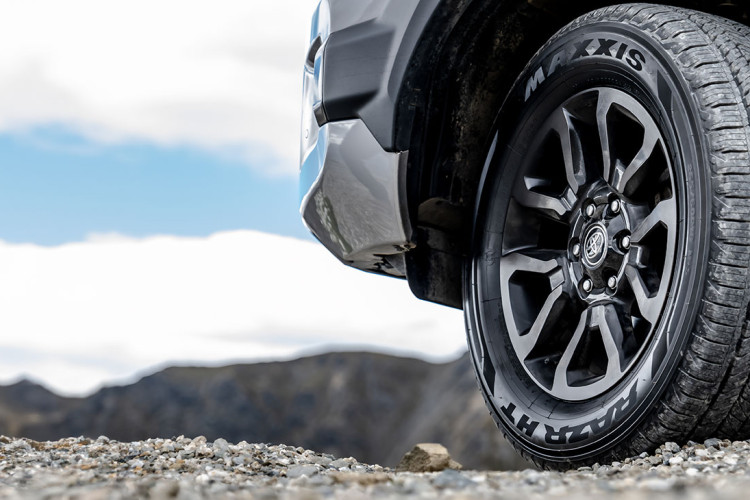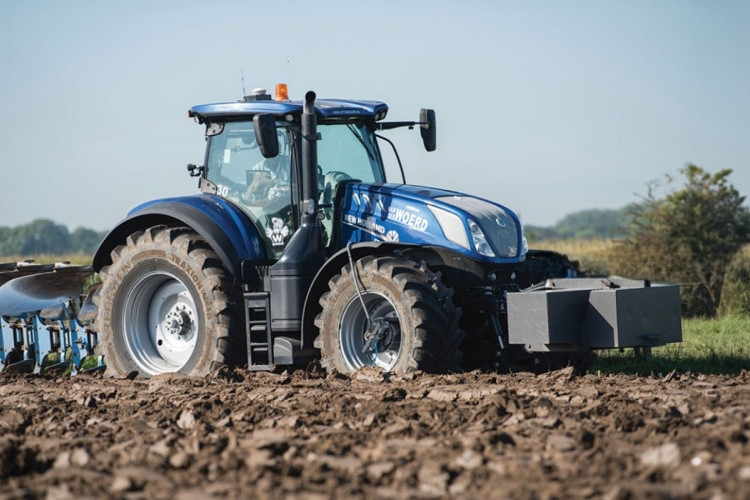Aged tyres: How old is old?
The marching of time is impossible to escape. We all age, growing ever older with every second. And whilst wine and whiskey may get better with age, most things deteriorate. You can include tyres in this. It’s an issue that has just led to a major law change in the United Kingdom and not without good reason. We’ll explain.
What’s Happened?
In 2012, 18 year old Michael Molloy and his friend, Kerry were travelling back from a music festival. Also traveling down the A3 in Surrey, England was 63 year old Colin Daulby, driving a coach. A tyre on the coach blew and the resultant accident killed Michael, Kerry and Colin. The blowout was found to be directly attributable to the age of the tyre on the front axle of the coach. That tyre was 19 years old.
Frances Molloy (Michael’s Mother) started campaigning and started ‘Tyred’ with a view of increasing road safety and making it illegal for tyres older than 10 years to be fitted to vehicles. Eight years later in July 2020, the UK Government passed new legislation banning tyres aged 10 years or greater from being fitted to the front axle of lorries, buses and coaches, or any wheel of a minibus. This followed a Department of Transport investigation which concluded ageing tyres suffer corrosion which could cause them to fail.
The Science of Ageing Tyres
Oxidation is a problem for so many things and rubber is no different. When exposed to oxygen, rubber tends to dry out and stiffen. This makes it more brittle and subject to cracking. Now, this doesn’t mean a tyre will deteriorate in front of your eyes, the rubber on the exterior cracking before you. If so, when it comes time for a new tyre to be fitted you’d likely notice if that tyre was very old and had visually degraded. This is a compounding issue of the overall problem and one which makes it quite tricky. Older tyres may be visually okay upon inspection as the damage is internal. What you can’t see is any possible delamination from the steel belts inside.
The problem might become more pronounced where budget tyres are used. It’s the inner liner of the tyre that prevents air from leaking through and allowing the oxidation process to take hold and bite. The lower the quality of the inner liner, the more likely it is that oxygen is making its way through. The more oxygen that does this, the quicker the speed of tyre degradation.
Heat is an enemy here as it will accelerate the oxidation process. Tyres sitting in bright sunlight all day and then being driven home at speed will not help. We should note, rubber doesn’t like the cold too much either and the sharp snaps of winter can also cause tyre issues (regardless the age of tyre).

It’s worth noting there is some benefit to driving and actually using the tyres. This will rotate the oils inside the tyre and help prevent drying. Tyres affixed to motorhomes, boat trailers and the suchlike, that tend to sit for prolonged periods between use, may deteriorate quicker than tyres which are in constant use.
That said, an investigation into tyre ageing issues (‘Rubber Oxidation & Tyre Ageing - A Review’) concluded that age related issues causing tyre failure was not correlated with KM’s travelled. In other words, even the spare tyre was likely to see some issues as it aged, those issues being no better or worse (all things being equal) than the tyres being used. Whatever advantages you get from using the tyre may, therefore, be considerably slim. In short, tyres age and you can’t stop it, no matter what you do.
As spare tyres tend to remain spare tyres, called into action only in an emergency, this could pose a significant risk. Unless there are any visible signs of deterioration at Warrant of Fitness time, they’ll be passed as ok and fit for purpose.
What Do Vehicle and Tyre Manufacturers recommend?
Ford recommends tyres installed as Original Equipment be replaced after 6 years. This is the same advice as that from Toyota, General Motors and pretty much every major European manufacturer. You have to assume they know what they are talking about. Because they do.
Think there is some room for doubt? Then consider this. Paul Walker, from The Fast & The Furious fame, died in 2013 when the Porsche he was in lost control at 90mph and hit a tree. Two of the tyres on that Porsche were in excess of 9 years old. Porsche recommends replacing tyres after 4 years. Anything less might compromise handling and driving characteristics. In this case, with fatal consequences.
The tyre manufacturers themselves also set age related guidelines. Many advise to check tyres after 5 years but owing to the complexity of issues not necessarily being visually apparent, recommend tyres be removed from service at 10 years of age. This is the advice from leading tyre brand Continental and they really know what they’re talking about. They also make an interesting point and say; ‘some vehicle manufacturers may recommend a different chronological age at which to replace a tyre. Such guidance comes from their understanding of the specific vehicle application; Continental recommends drivers to pay heed to these instructions’.
The Rules in New Zealand
We’ve been around long enough to know that advice is one thing. For a lot of people to pay attention the rules have to be clear, but even then some will ignore them. Currently, the rules in New Zealand are pretty much non-existent. The WoF does not set any specific rules based on age of tyre. If they look ok and pass the visual test and tread depth test, they’re ok. That’s pretty worrying when all of the evidence from multiple studies confirms tyres deteriorate with age and that deterioration may not be discerned by visual inspection.
So, can old tyres still be sold if they’ve been sitting on the shelf for years? Yes. There’s no rules governing that either. That said, we know the majority of tyre dealers to be very professional and they genuinely care about tyre safety. Hence, it is unlikely they’ll push an old tyre on you.
How To Tell the Age of Your Tyre
If that has you worried about your tyres, then that’s ok. Better to be worried and check, than not check at all and have an accident.
To tell the age of your tyre you need to locate the ‘DOT’ code on the tyre sidewall. This is a 10 to 12 digit serial number for the tyre. The last 4 digits are what you are looking for. These four digits tell you the week and year of manufacture. For example, 2319 would mean the tyres were manufactured in the 23rd week of 2019.
Tyres pre 2000 had only a three digit code. There’s no point explaining how this works. If your tyre has a three digit code, it’s more than 20 years old and you should really think about replacing it.

Times Up
It is for this blog anyway. Just make sure it’s not for your tyres. Be safe.

Getting old or worn?
Take the time to check your tyres and drive safe this holiday season.
-
Topics:
- Road Safety
More tips and articles

Product Spotlight:
Maxxis HT780 RAZR HT

Understand the link between traction and compaction

